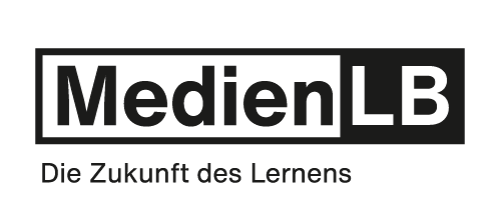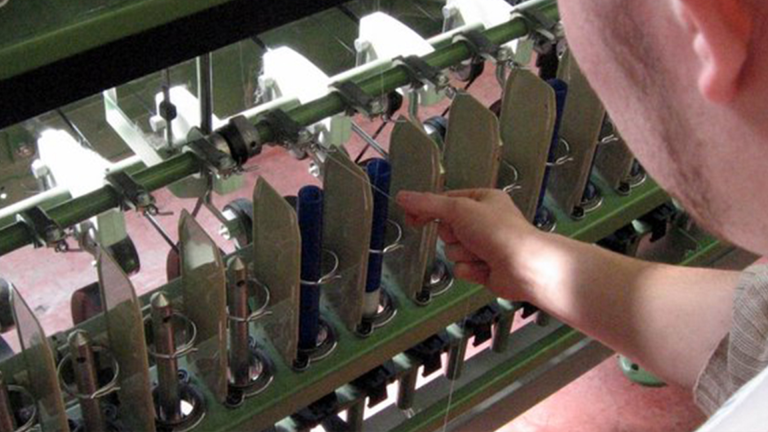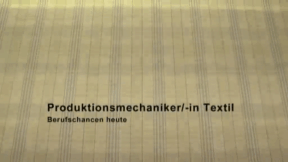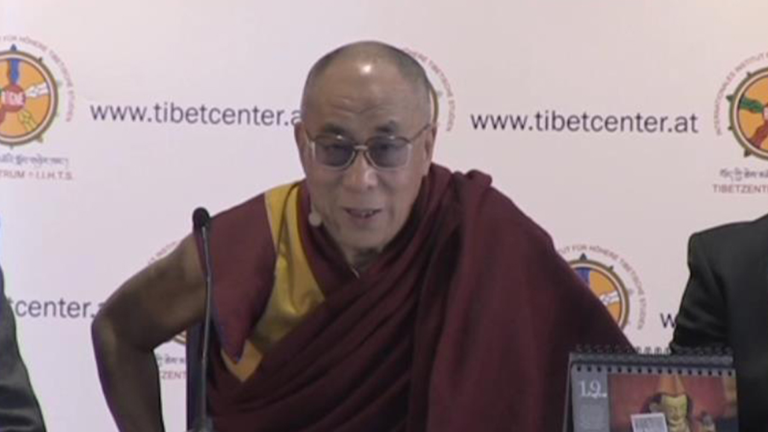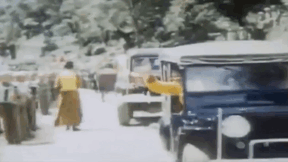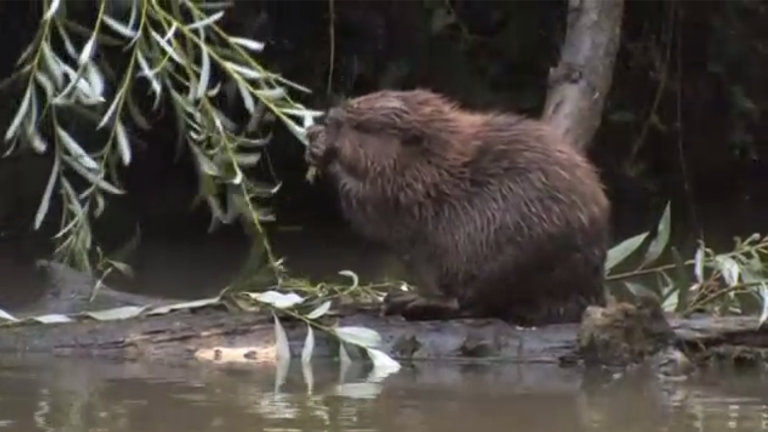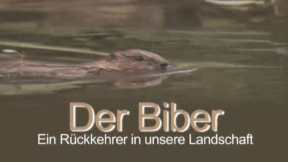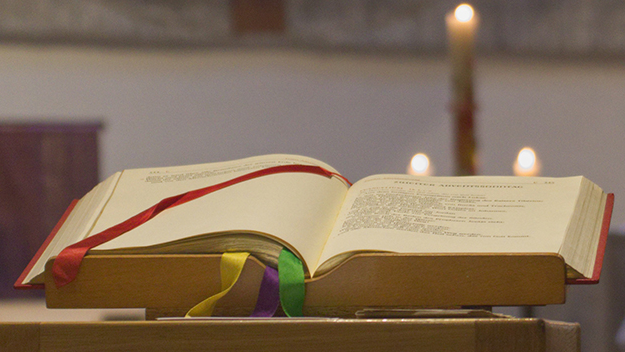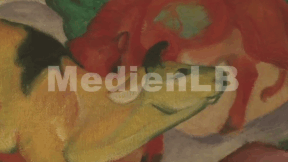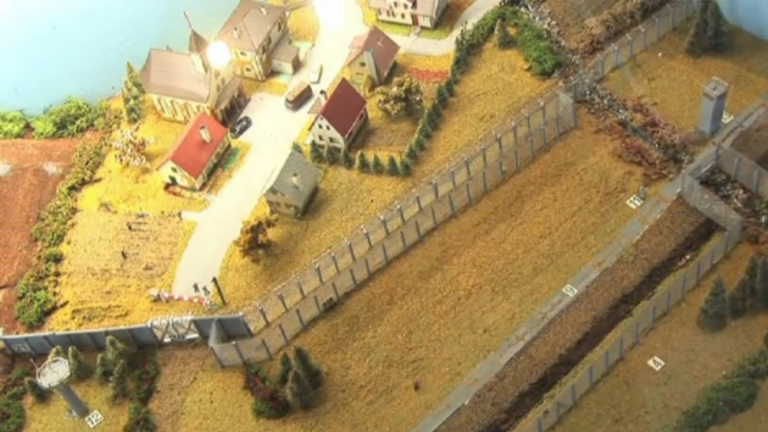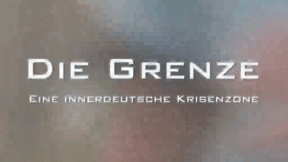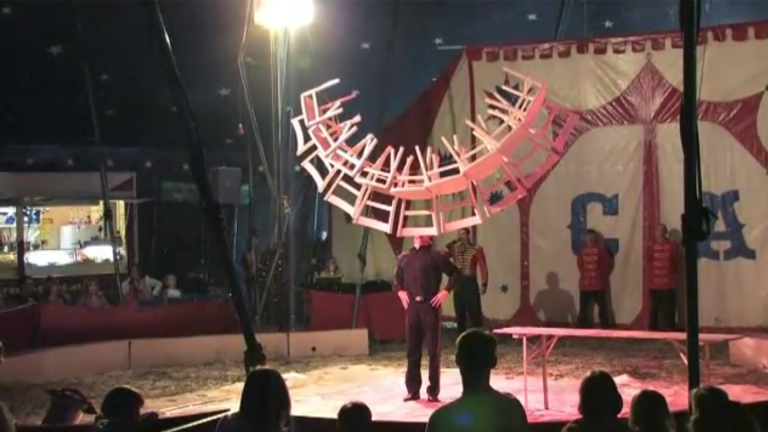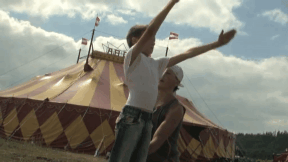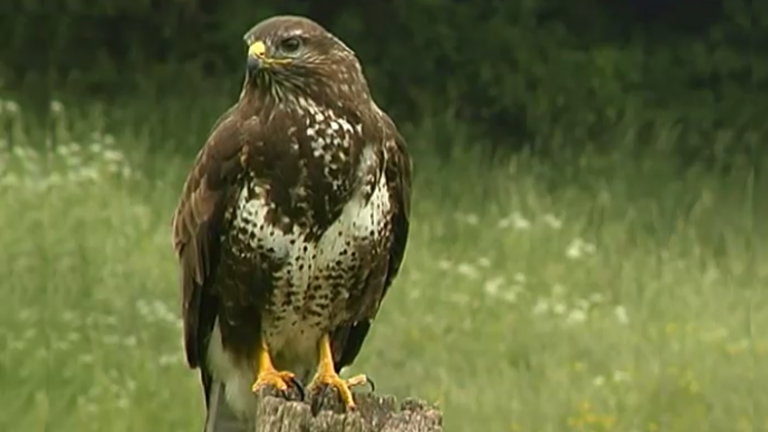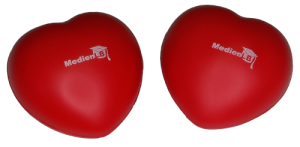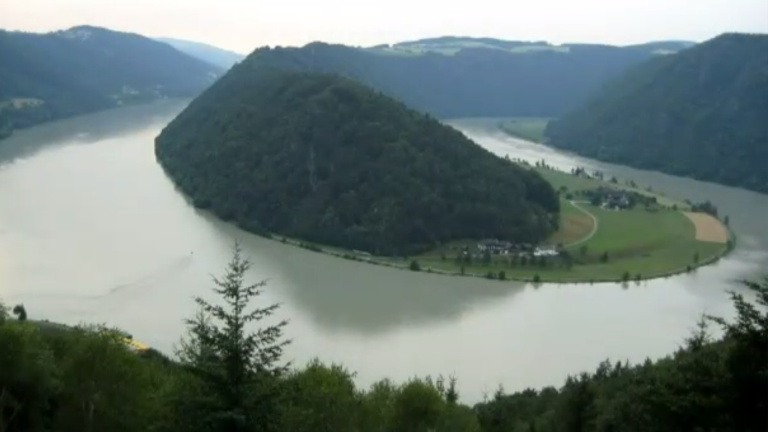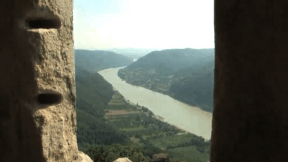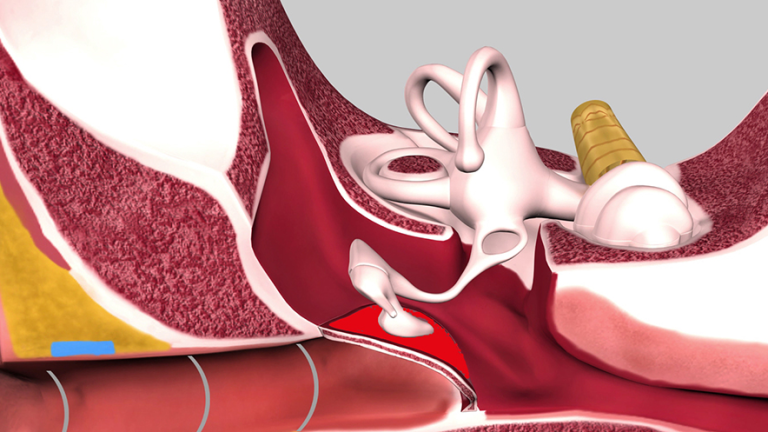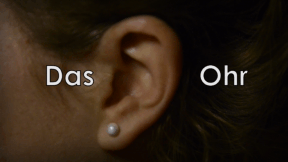Suche:
- # Artistry
- # Biology
- # Chemistry
- # Ecological
- # Economy
- # English
- # Foreign Language
- # Geography
- # German
- # Health
- # History
- # Informatik
- # Latin
- # Mathematics
- # Media Education
- # Music
- # Physics
- # Politics / Civics
- # Preschool
- # Primary School
- # Religion
- # Society
- # Sports
- # Technology
- # Training of Teachers
- # Vocational Education
Textile Production Mechanic
Setting, operating, monitoring, maintaining, servicing and repairing production machines – all these are tasks of a textile production mechanic. Only if the production equipment functions flawlessly and the work processes run smoothly and efficiently, textiles of all kinds and of the highest quality can be produced. Textile production mechanics undergo a broad vocational training. This enables them to work in all branches of the textile industry: in weaving mills, spinning mills, knitting mills, warp knitting mills or elsewhere in the textile industry. Qualifications required for this job are GCSEs or a university entrance qualification. Furthermore, soft skills such as a sense of responsibility, diligence, accuracy and reliability are expedient. The job of a textile production mechanic is a positive challenge for all those interested in engineering and manufacturing as well as in textile fabrics and patterns.
Learn moreTextiles
When we hear the word “textiles“, we automatically think of things we put on – such as shirts, trousers, pullovers, caps or other things to wear. But there are far more textiles in our everyday lives. Actually, the word textiles means that these are generally things or goods made of single fibres or threads or yarns. For a long time now, we have not been using textiles for clothing only, but also in many other different domains of our lives. Every day, we use various household textiles at home – they range from the fabric sofa to the towel we dry ourselves with after washing or bathing. But today, modern textiles are also used as construction material – for example to make cars or bikes. These vehicles are particularly energy efficient because textiles are significantly lighter than metal.
Learn moreThe 14th Dalai Lama
He is considered one of the best-known personalities of our time and has been the Tibetans’ spiritual leader for more than 50 years. The Dalai Lama – His views are inspiration to many. The tradition of the Dalai Lamas reaches back to the 15th century. Dalai Lama is a Mongolian title of honour and was first bestowed on a Tibetan Buddhist monk in 1578 by the Mongol ruler at the time. This monk was called Gyatso, which means sea of wisdom. Dalai is the Mongolian translation of this name and lama is a Tibetan word for monk. Up to now the title has been conferred on 14 Tibetan monks, to the first two only posthumously.
Learn moreThe Beaver
Natural river and lake areas are becoming increasingly rare. With expensive measures to restore them to their natural state, efforts are being made to recreate them. Here, an animal may be helpful: the beaver. After it was exterminated in Germany in the 19th century, today about 15 000 specimens live here again thanks to the reintroduction of the beaver during the 1960s. Many people, however, have never caught sight of this shy nocturnal rodent, yet. The DVD first describes the beaver (in particular its adaptation to life in water) and zoologically classifies it. Then the beaver family and their social behaviour and habitat are introduced. The beaver constructions (beaver dam and beaver lodge) are illustrated as well as its territory and its purely vegetarian diet. Subsequently, both its extermination and its reintroduction as well as present-day problems are looked into. But primarily the film shows the beaver to be a valuable, natural architect of landscapes.
Learn moreThe Bible
It is big and small. Thick and thin. Old and new. Colourful and plain. It is available as a mobile app, in braille and as a storybook. It is the most widespread and most widely read book in the world. It has been translated into more than 3,000 languages. It is also called the Book of Books. Or simply – the Bible.
Learn moreThe Blue Rider
The Blue Rider – this is the name a group of artists chose for themselves when they joined forces just over 100 years ago to exhibit their works together.
Learn moreThe Border
The DVD helps students, who have no first-hand recollection of the partition of Germany, to approach this problem. The film illustrates the historical development of the inner- German border from 1945 to 1989. The example of Point Alpha also sheds some light on the Cold War – not without reason, the camp has been considered the „hottest spot of the Cold War“. Photos of the German Border Police, pictures from the exhibitions at the memorial Point Alpha near Fulda and the „house at the border“ create a vivid impression of the partition of Germany. Ninth-form students interviewed contemporary witnesses for the film: one of the American commanders at Camp Point Alpha (Steven Steininger), the former mayor of Fulda (Dr. Wolfgang Hamberger) and two border guards of the West German Border Police, Erwin Ritter and Gerd Leinert. Bertold Dücker describes his escape across the border. After the almost complete dismantling of the border installations, only few remains of the former border can still be seen today. The film provides background material and points out Running Time: 22:29 ms how important it is to visit the memorial.
Learn moreThe Circus
The circus is a favourite topic for project work at kindergarten. Focal point is, of course, the children‘s spontaneous, allround experience of the circus. But it is not always feasible for educators to visit a circus to take a look at everyday life there. In clear terms, the DVD presents the life of the circus family Aros. It explains in a way suitable for children that circus life comprehends far more than the funny world presented to the spectators. The glance behind the scenes reveals that circus life means a lot of hard work. We witness an ordinary day in the life of the circus children Justine and Leon, who hardly have time to watch TV or play games. The accompanying material contains extensive suggestions and recommendations such as songs, recipes, some ideas on how to stage a circus performance, games, make-up tips, etc., for a practical application of the topic in the classroom and for reinforcing the knowledge the pupils have acquired. Special emphasis was laid on an integrated learning experience in kindergarten for the children to experience the gaily-coloured circus life with all their senses.
Learn moreThe Common Buzzard
The common buzzard is a well-known native bird of prey. You can often see it flying above fields or sitting by the roadside. But what are the typical characteristics and behaviour patterns of the common buzzard? The film covers the biological classification of the common buzzard, its characteristics and behaviour. The origin of its name is explained just as the classic characteristics, by means of which the common buzzard can be identified. We can see the common buzzard in its natural habitat, learn something about its hunting methods and its prey. Spectacular pictures show carrion crows and magpies, which “mob” the common buzzard as a direct rival for food. The hunter becomes the hunted. The reproduction of the common buzzard is covered, too. We observe the buzzard couple during nest-building and breeding. We accompany the chicks when they train their flight muscles and make their first attempts at flying. Together with the comprehensive accompanying material, this medium is perfectly suitable to get to know and appreciate our native common buzzard!
Learn moreThe Daily Newspaper
Every day, there is a surge of news reaching us via different news channels. In spite of TV and Internet, the daily paper still is one of the most important main sources of news. But how is a newspaper created? The film shows the production of a paper in the course of one day. Starting with the editorial meeting in the morning, in which the topics and deadlines are determined, the film accompanies a journalist during her research work. You can see how a journalistic interview is conducted and what the photographer must consider when taking a press photo. Back in the editorial office, the editor’s work is illustrated, which includes the page layout and the writing of an online article in today’s time. Impressive pictures from the printing centre depict the process from the digital page to the finished newspaper. Together with the comprehensive accompanying material, the DVD is perfectly suited for use at school
Learn moreThe Danube
With a length of over 2,800 kilometres, the Danube is the second-largest river in Europe. The river, which is to become so mighty, starts out as a narrow brook with the confluence of both its headwater streams Breg and Brigach in Donaueschingen. Before reaching its river delta into the Black Sea, the Danube crosses ten riparian states. On its long way, past important towns and cities, across mountains, wild ravines and broad valleys, lined with forests, fields and vineyards, the Danube connects a plethora of different cultural, economic and living environments.
Learn moreThe Ear
Large or small, narrow or broad, round or angular. Our ears may be of a variety of shapes.
Learn more


